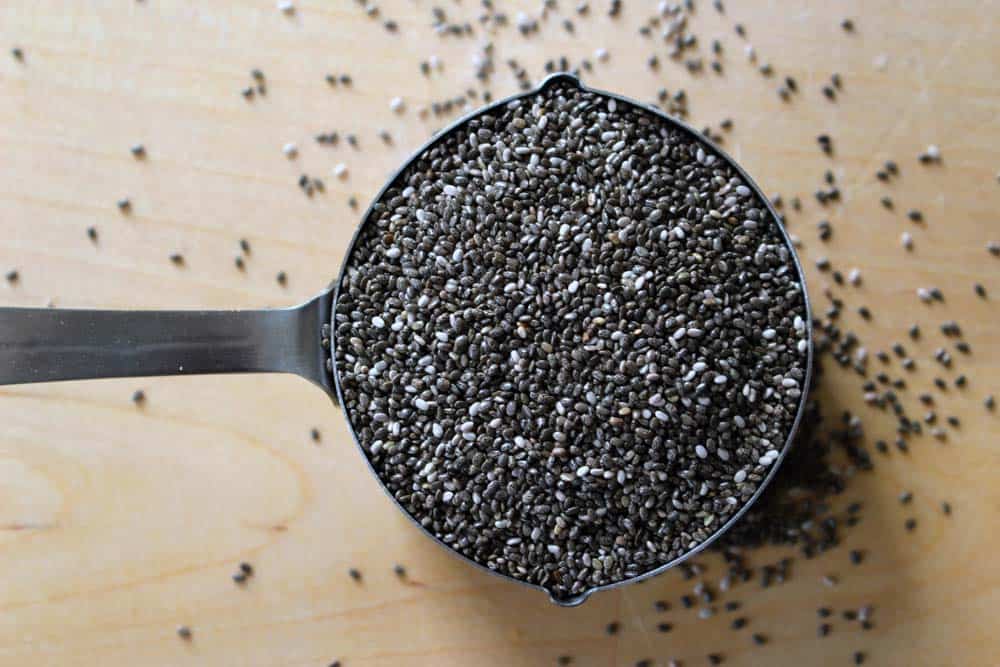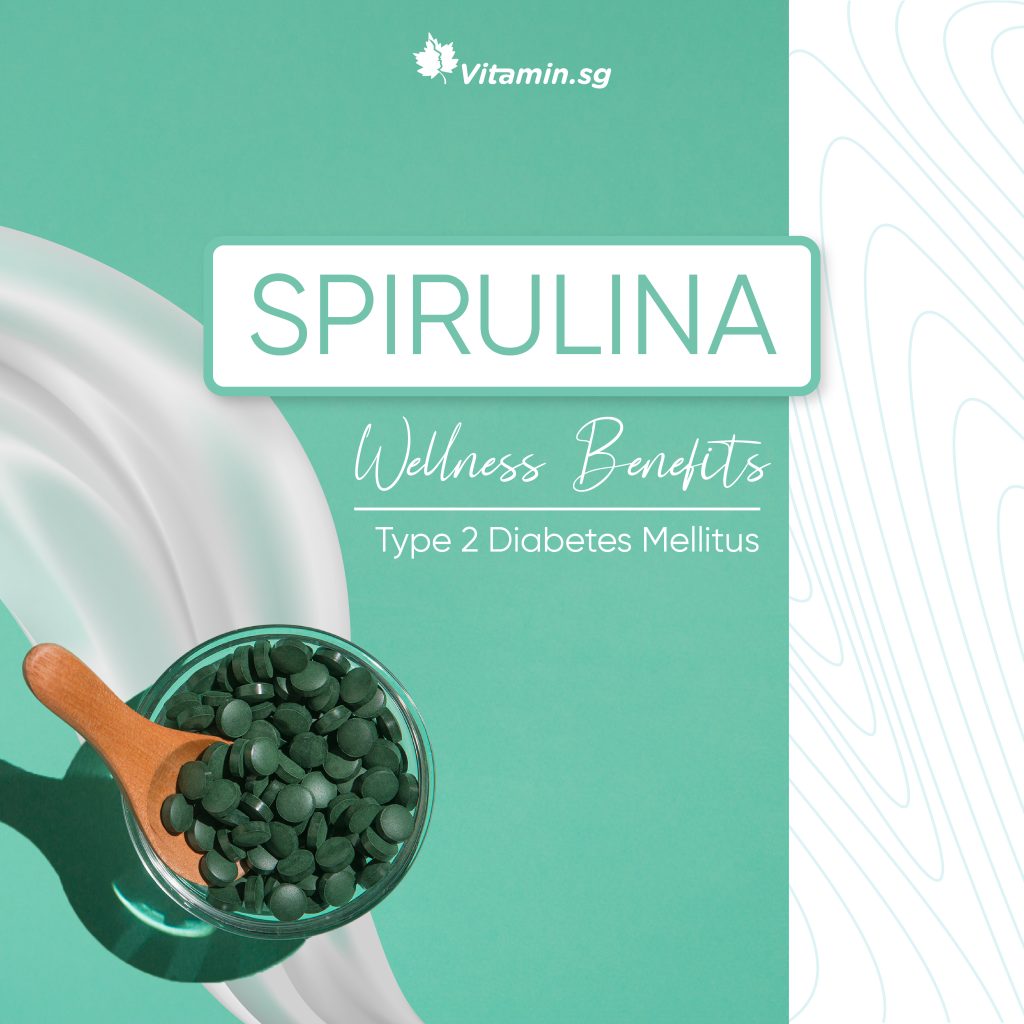Home / Health Blog / Choosing Quality Chia Seeds

A member of the mint family, Chia is obtained from the flowering Salvia hispanica plant. The reason behind this seed’s popularity- amongst nutritional experts and consumers alike- is its multitude of benefits.Chia is a rich source of healthy Omega-3 fatty acids. It is also high in antioxidants, fibre, protein, calcium and carbohydrates. Easily digestible and absorbed, chia hydrates the body through electrolyte retention, and energizes the body. It also supports muscle and tissue regeneration, and contributes towards cardiovascular health and joint support.Available on the market in various forms, chia is most commonly bought as whole chia seeds or ground chia (powder). An ingredient that goes well with many foods, it is often consumed with cereal, yogurt, or added into baking recipes, and drinks. Chia can also be mixed with water and made into a gel.
Colour: black speckled or whiteChia seeds are either black speckled or white. Black chia seeds are from the plant with purple flowers and white chia seeds are from the plant with white flowers. Black chia is believed to have slightly more antioxidants, while white chia is said to have slightly more protein, and is milder in taste. However, their differences are negligible since both are similar in nutritional content. In fact neither one is preferred over the other by nutrition experts.What if the colour is brown? Brown chia is a sign that the seeds are immature. It could be an indication of their growth in suboptimal conditions. The chia seeds either: did not have sufficient sunlight and water to mature, or have been exposed to a climatic event that affected its growth. There are two things to note when chia seeds are brown: Firstly, its nutritional content is compromised; and secondly, the seeds will have a bitter taste. OrganicIt is important to remember that the quality of chia seeds depend on how it was grown; the condition of the crops affect the grade of the seeds. So, though weather conditions are unavoidable, the use of pesticides can be controlled. The chia plant does not need to be treated with pesticides because insects naturally dislike chia. Thus it is easy to find organic chia seeds. Not processedQuality chia seeds should be raw and not processed. The production of chia seeds should not involve exposing the chia seeds to high heat. This is to ensure that the full spectrum of nutritional benefits are preserved. Even ground chia is produced using milling machinery that does not get hot during the milling process. As a result, the nutrition profile of milled chia and whole chia seeds are identical. Other factorsSome other factors to look out for include non-irradiated chia seeds. Chia’s high level of natural antioxidants stabilizes the seeds, giving it an extended shelf life. They only need to be stored in a cool, dry place.To ensure that you are getting a pure product, check that your chia seeds are non-GMO. Also, your product, especially ground chia, should not contain fillers, or be sweetened.



